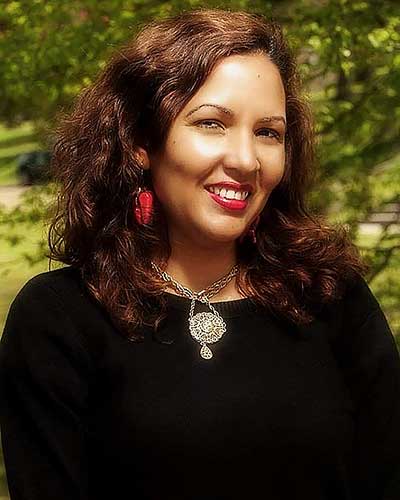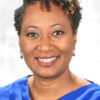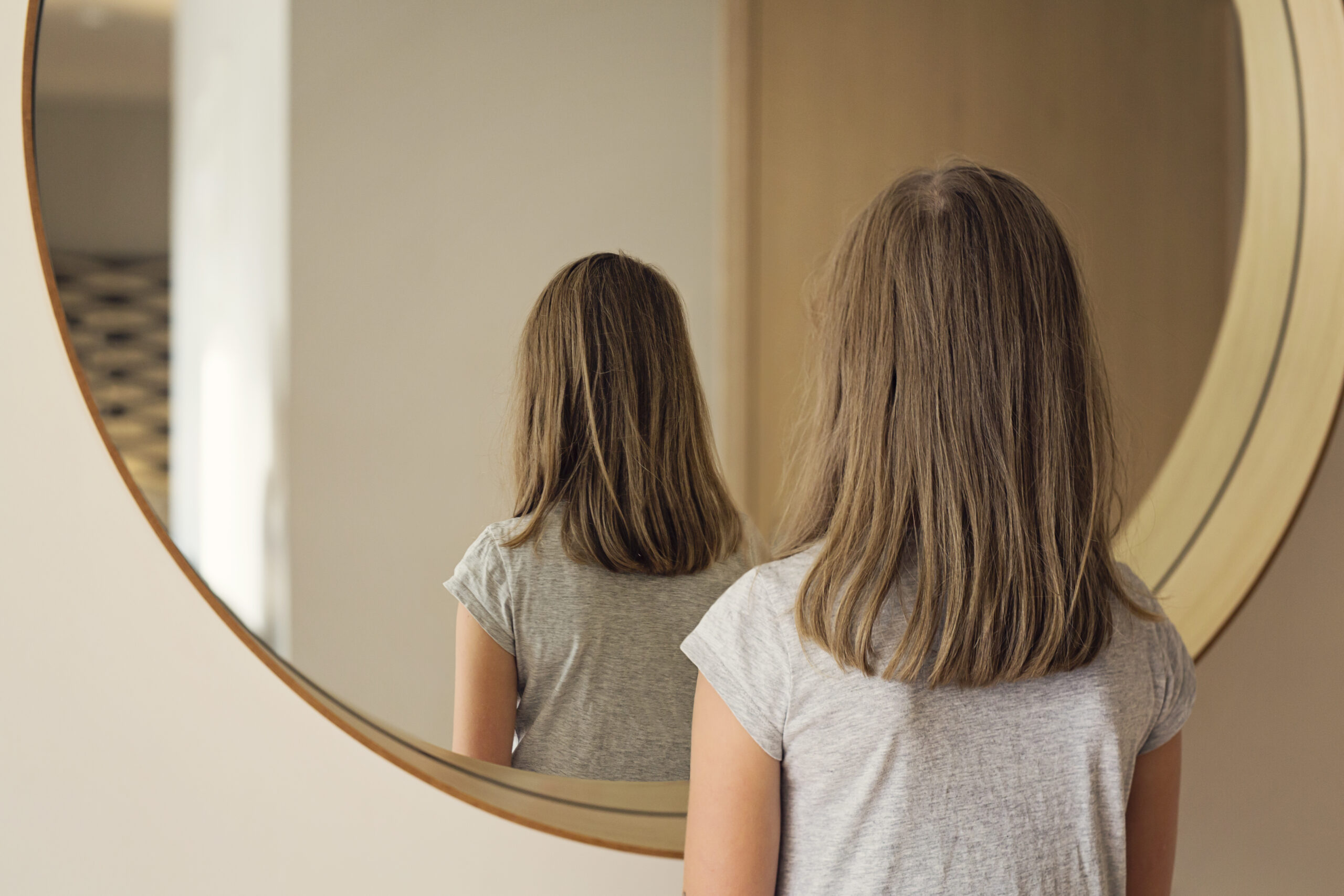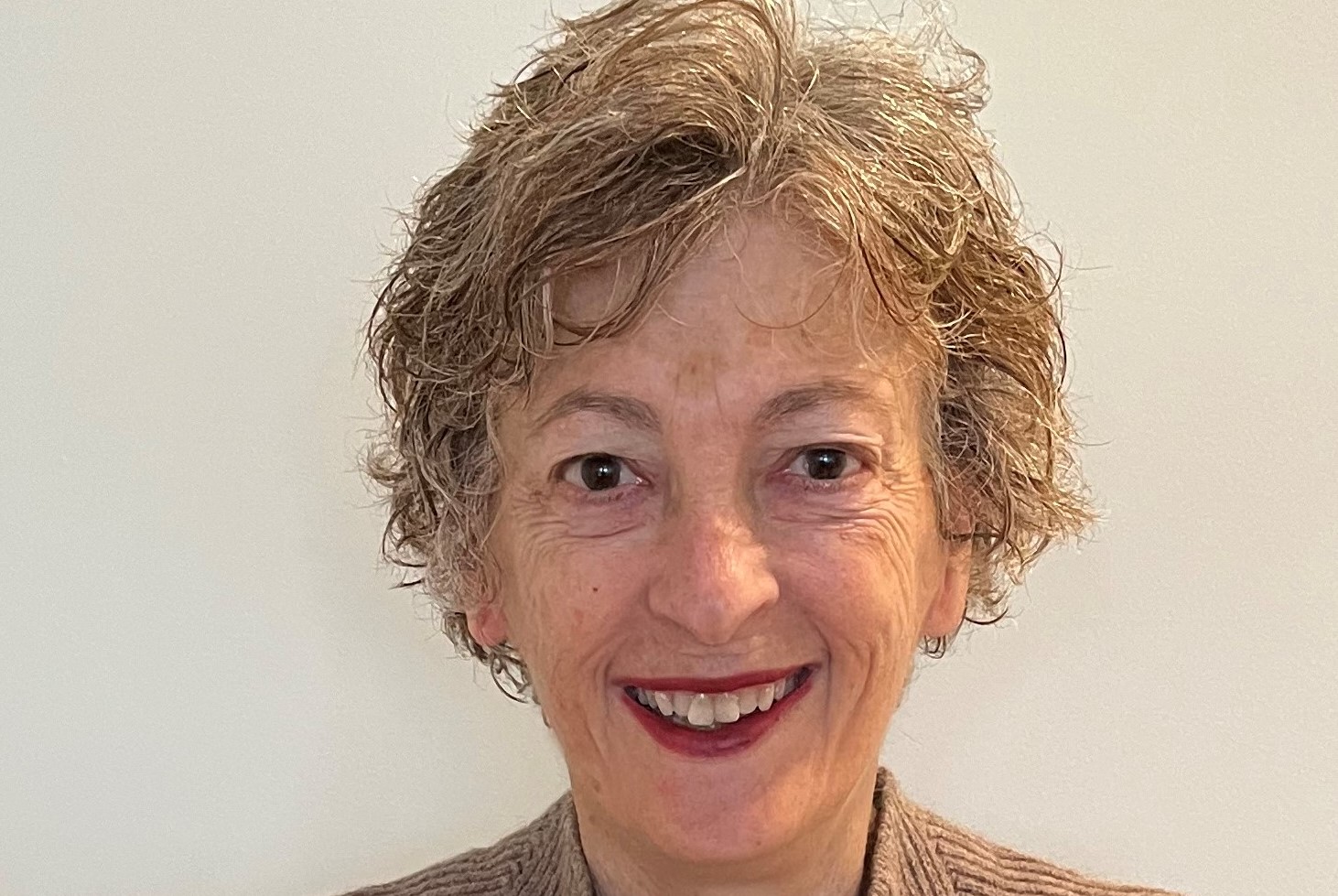
You have a long and distinguished record of achievement in Rhode Island so we have a lot to get into. Let’s begin with your work “currently exploring the intersection of arts and public health. Specifically working in community healing through collective performance,” as we found on your website. Can you please elaborate?
Thank you, Wayne. My work as an artist has always been parallel to any job I’ve held. I believe a practicing artist is always contributing to public health. Once you have awareness of the benefits of art’s participation in our wellbeing, then you can be intentional about facilitating space for other people to create and partake in the arts, that’s what I do.
I find collective performance to be a very healing medium. I put out calls or “llamados” to community members, asking them to respond to a specific prompt. It started in 2016 during the first PVDFEST. I asked women in the community to reflect on what it meant for them to be a woman. The call asked them to dress as Frida Kahlo and meet me downtown to march together in the parade. About thirty-five women showed up for the “Todas las Fridas” performance. Each of us took turns reading our poems to the audience, we held hands to symbolized healing Frida’s fractured spine. Most of the women who came had never perform on a stage before, having a community behind you makes that process much easier and fun. Performing together creates community and community creates healing. Since then, there have been many other calls and people have always come.
And what about this, also from your site: “Creating artistic interventions at local health clinics.” What, where and when?
The interventions at local health clinics are part of my job as Health Literacy Project Manager at the Providence Healthy Communities Office, who is working in partnership with the RI Public Health Institute. The work is possible through the Office of Minority Health of the U.S. Department of Health and Human Services. Through this partnership a new coalition was formed, called the Providence Community Clinics Network. PCCN is comprised of Open Door Health, Clinica Esperanza, Rhode Island Free Clinic, Lifespan Community Clinics, and Providence Community Healthy Centers. A needs assessment was conducted to identify and address many health-related information gaps impacting underserved populations in RI, specifically as a result of the Covid19 pandemic. The campaign, Let’s Get Back on Track is a health literacy initiative. You can learn more here: www.backontrackri.org. As part of this work, I started a wellness tabling series at our partner’s clinics. We provide information on city resources while also engaging patients while they’re in the waiting room. They can try a writing a exercise with me, take a meditation coloring book, do a breathing exercise. I’m there to remind them to stay present and pause, we can all benefit from practical coping skills.
Regarding my work in public health, for context, during the pandemic, I resigned from my position as an interpreter at the RI Supreme Court, after twenty-two years of working in the judiciary. During that time, I was selected by the Department of Art Culture and Tourism as one of five artists to participate in a fellowship pilot program to become a Creative Community Health Worker. The program started in February and by the end of March everything was virtual.
Our group was trained in community health work by Dr. Dannie Richie (Community Health Innovations of RI) we had extensive conversations about how our health is affected by our social and community context, things like economic stability, education access, environment, etc. We also actively worked in the community, in my case I worked with Dr. Richie for about six months hosting conversations with other Community Health Workers. We wanted to understand what they considered essential during that very challenging time. I also worked with mothers as part of the Dunamis Synergy program at West Elmwood Housing Corporation. The CCHW program put me on the path of public health and I eventually started working at the Providence Healthy Communities Office. At HCO, I combine my skills as an artist with the practical aspects of working in a municipality, so if I’m going to talk about health promotion, I’m going to use creative writing prompts to start conversations. If I’m distributing health resources, I’m also inviting people to pause, take a breath and notice the day.
I’m currently working on the One Nation/One Project Arts for Every Body initiative. Providence was selected as one of eighteen cities in the country to participate in this wonderful project. We are exploring how the arts can lead to healthier people and healthier communities. It was inspired by the 1936 Federal Theatre Project, learn more about it here: www.artsforeverybody.org
All eighteen cities will unveil a work of art at the same time (July 27th, 2024) exploring the theme “There’s No Place Like Home.” An arts selection panel choose artist Vatic Kuumba, who will be working with Chad Brown residents and Carolina Briones, working with Carroll Tower residents. I’m deeply grateful to be managing this project, very excited to see our city be a part of this meaningful conversation. Arts for EveryBody has also commissioned a series of research studies led by Dr. Jill Sonke, Ph.D. at the University of Florida Center for Arts in Medicine to examine the connection between arts participation and the health of a community.
We participate in art daily, with every show we watch or book we read, every time we turn on the radio and sing to our favorite song we are at the intersection or art and public health, art has been sustaining us for centuries. We are still studying the artwork of previous generations in an effort to understand the human condition. Art is our natural state, we are creators. The more we get in touch with that the better we will feel.
This is part of your work as a member of the Providence Healthy Communities Office, correct? What is the Office’s mission? Who does it serve?
The Healthy Communities Office works to ensure that Providence residents have equitable access to the resources they need to lead healthy lives. Learn more here: https://www.providenceri.gov/healthy-communities/
You are also a poet. Tell us about your poetry.
I’ve published four works of poetry, all in Spanish or Spanglish, some of my poetry talks about the immigrant experience. At this point in my life, I have lived in the United States for longer than I lived in the Dominican Republic. At what point do you start belonging to another culture? How do you incorporate new understandings while upholding ancestral wisdom? Can culture really be defined if it’s constantly shifting? Poetry is my medium for exploring those questions.
What does it mean to be a cultural organizer, which you are?
We are all actively creating culture on a daily basis, the organizer part means I’m intentional about the culture I want to create, participate in, and facilitate. A world where art and health are accessible to everyone feels essential to me. It is not the only thing I care about, but there are many other people working towards other kinds of cultures. I want to focus on arts and health.
You are a founding member of Las Tenoras. What is that?
Las Tenoras was a feminist poetry collective started by artists Shey Rivera Rios, Marleny Luna and I. While we have continued to collaborate on different projects throughout the years, we haven’t performed together in a long time. It was a beautiful project that led to amazing friendships and meaningful collaborations.
Bilingualism is a key component of much of your work. Can you break that down for us?
I was born and raised in Santo Domingo, Dominican Republic. I came to the United States when I was 14 years old, which is when I started to learn English in the ESL program at Theodore Roosevelt High School in the Bronx. Since then, my life has been lived in two languages, which I practice on a daily basis. It informs everything I do. I have a dual sensibility, my poetry is a reflection of that.
The first time I felt fully free to write on both languages (the way I speak) was when I read the poem “Puerto Rican Obituary” by Pedro Pietry. The Neuyourican poets wrote about a reality that was familiar to me, they wrote about working people like my mom, always doing their best to survive and take care of their families. Like many poets they talked about the struggles and joys of being human, Latinos, but they did it in Spanglish, they didn’t change who they were or used fancy words to make our reality more palatable. I loved that, and will always be grateful to them for showing me the power in my own story.
At what point did art, music and poetry become such an important part of your life?
I was born in Santo Domingo and came to New York in 1990 when I was 14 years old. I went back to live in the DR in 1996 before moving permanently to the U.S. in 1998. We continue to visit every year, it’s was very important to me that my children learn about our culture and where we come from.
There are many artists in my family. My mom has written three books on Sabiduría Ancestral (ancestral customs of the DR}.
As children, she and my aunt, would take us to carnaval every year. We learned at a very early age the importance of keeping our traditions alive, of respecting our elders and their infinite wisdom.
My paternal grandfather, Anselmo, was a very respected curandero (medicine man) in his town of Bayaguana, he used plants to heal people. I think working in art and wellness is a very natural place for me. Both things have always been present in my life some way.
I never met my maternal grandmother, Carmela, but I’m told she wrote songs and was the town’s seamstress. My aunts have written poetry and prayer books. Growing up my mom had a little arts & crafts school for women in our house. She thought sowing, embroidery and macrame. We used to make ragdolls with leftover fabric to sell at the Christmas market at the colonial zone.
My sister is a paper artist, she also makes all of my costumes. My daughter Luna is a musician, working in musical theatre, she graduated from the Berklee School of Music in 2020. My youngest daughter, Lia, is a senior in high school and also a gymnast. My nieces and nephews, cousins, everyone has some sort of artistic practice. I’m very grateful to have a creative, supportive family, we are always cheering for each other.
I moved to Rhode Island with my sister at the end of 1998 after visiting my cousin. We loved it here from the beginning. People were nice, we were able to quickly find community. Eventually I found a job (at Traffic Court), then I started going to CCRI and that’s where I met my husband, Dan. That was twenty-one years ago! Feels like yesterday.
Did you have any mentors along the way?
Many. I have been fortunate to have remarkable, strong women in my life. They have all mentor me in some way, their lives inspire me daily. Whether they are family or friends, regardless of where they come from, I’m always learning from them.
What’s on the horizon for you?
For now, to keep going, finish what I start. Pause. Start over again. I always have a project!
Sussy Santana is a member of the Ocean State Stories Advisory Board.





